Complete Solutions to Exercise of chapter ALKYL HALIDES of Class 11 book with complete answers and questions
| Class 11 | CHEMISTRY |
| Chapter | ALKYL HALIDES |
| MS CHOUHAN | Exercise |
| Number Of Questions | 100 |
| Academic Year | 2023-24 |
Which of the following is not exected to be intermediate of the following reaction ?
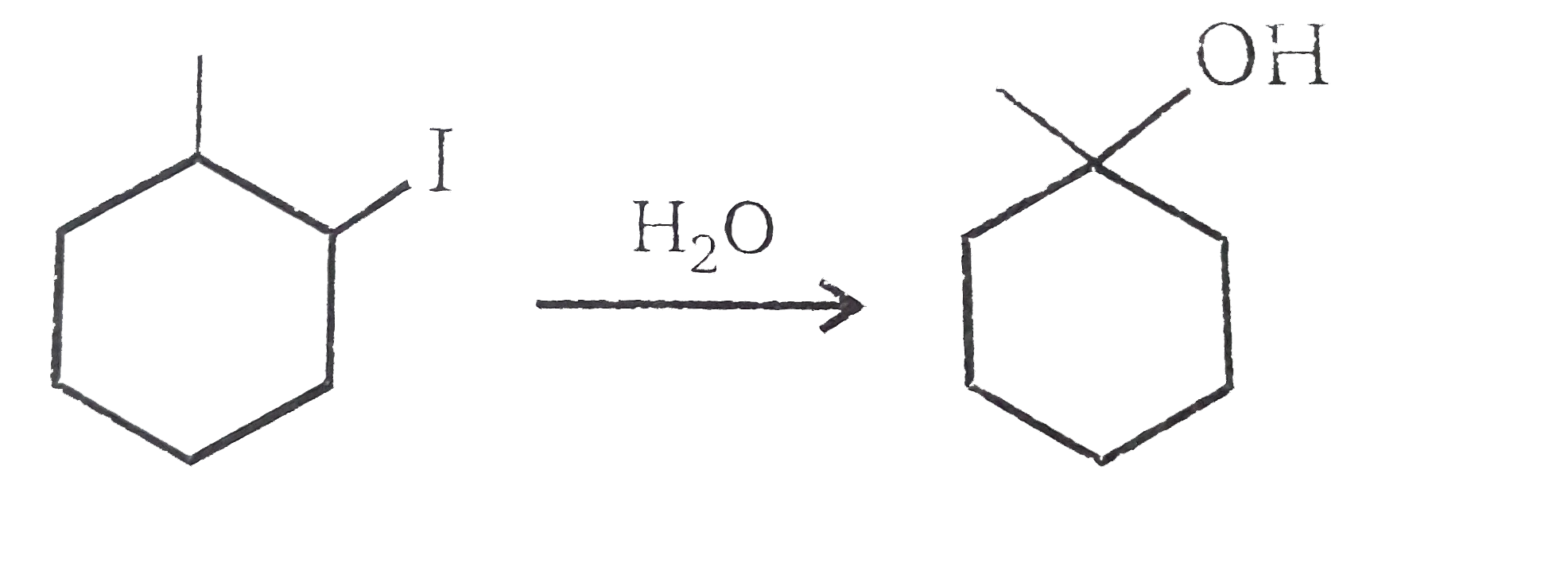
View Solution +`NaIunderset(
"Acetone") to "product", S_(N^(2))` product of the reaction is :
+`NaIunderset(
"Acetone") to "product", S_(N^(2))` product of the reaction is :
View SolutionRate of `S_(N^(2))` will be nageligible in:
View SolutionWhat is the major product obtained in the following reaction?

View Solution`Cl-CH_(2)-underset(CH_(3))underset(|)overset(CH_(3))overset(|)C-CH_(2)-CH_(2)-Cl+l^(_) underset(DMF)to` product , major product of this reaction is :
View SolutionWhich of the following expressions is representative fo the rate law for a `S_(N^(2))` reaction ?
View Solution :Major product of this reaction is ,
:Major product of this reaction is ,
View Solutionwhich of the following alkyl halide undergo rearrangement in `S_(N^(2))` reaction?
View SolutionArrange the following three chortides in decreasing order toward `S_(N^(1))` reactivity.

View SolutionWhich compound undergoes nucleophilic substition`SN^1 `with NaCN at the fastest rate?
View SolutionRank the following in order of decreasing rate of solvlysis with aqueous ethanol `("faster"to "slowest")`

View SolutionThe reaction of 4-bromobenzyl chloride with sodium cyanide in ethanol leads to the formation of:
View SolutionWhich of the following reactant will not favour nucleophilic substitution reaction ?
View Solution Converision Of Ito II:
Converision Of Ito II:
View Solutionwhich is the correct reaction coordinate diagram for the following solvolysis reaction ?

View Solution product , product of this reaction is :
product , product of this reaction is :
View Solution
View SolutionWhich of the foollowing represents the correct graph for `S_(N^(2))` reaction ?
View SolutionWhich of the following graph represents correct graph fopr `S_(N^(1))` reaction:
View SolutionWhich of the foollowing is most reactive toward `S_(N^(2))` reaction ?
View SolutionAmong the given pairs ,in which pair first compound reacts faster than second compound in `S_(N^(1))` reaction ?
View Solutionwhat is the major product of the following reaction ?
`H_(2)C=CH-CH_(2)-OHunderset("excess")overset("HBr")to"product"`
View Solution`S_(N^(1))and S_(N^(2))` products are same with (excluding stereoisomer):
View Solutionconsider the nucleopholic attacks given below ,select in each pair that shows the greater `S_(N^(2))`?
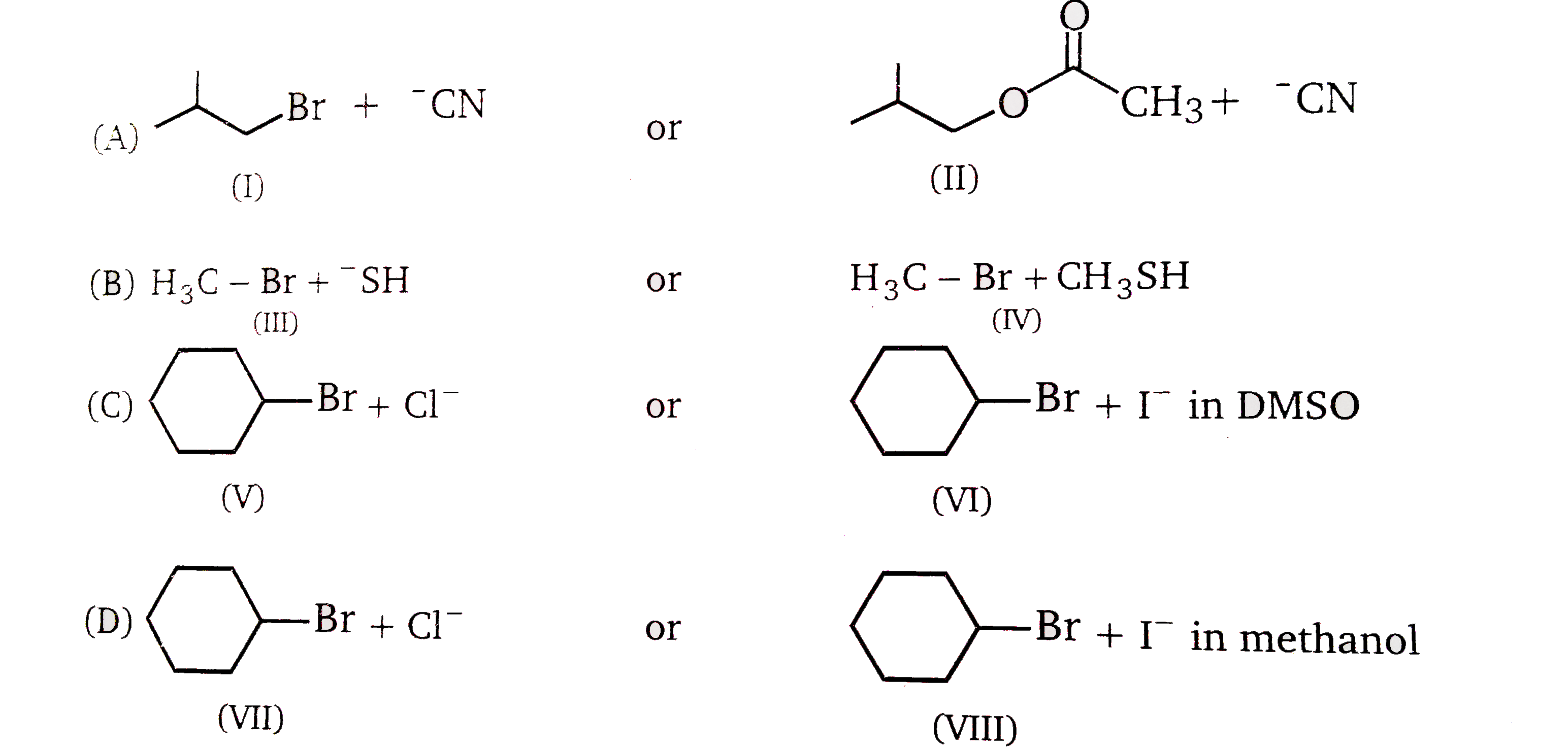
View SolutionWhich of the two stereoisonmers of 4-t butylcyclohexy iodide `.^(127)I^(-).` will undergo substitution with `.^(128)I^(-)` faster , and why?

View Solution(Z) -2 Butene reacts with `Br_(2)//H_(2)O` the resultaing bromohydrin when treated with methoxide in methanol undergoes an intermolecular `S_(N^(2))` reaction taking into considerration the stereochemical consequenous of the reaction mechanism involved ,

View SolutionRank the following species in order of decreasing nucleophilicity in a polar protic solvent `("most"to" least nucleophilic"):`
`(I) CH_(3)CH_(2)CH_(2)O^(-)`
`(II) CH_(3)CH_(2)CH_(2)S^(-)`
(III)`CH_(3)CH_(2)overset(O)overset(||)C-O^(-)`
View SolutionIdentify product of the given reactuions :
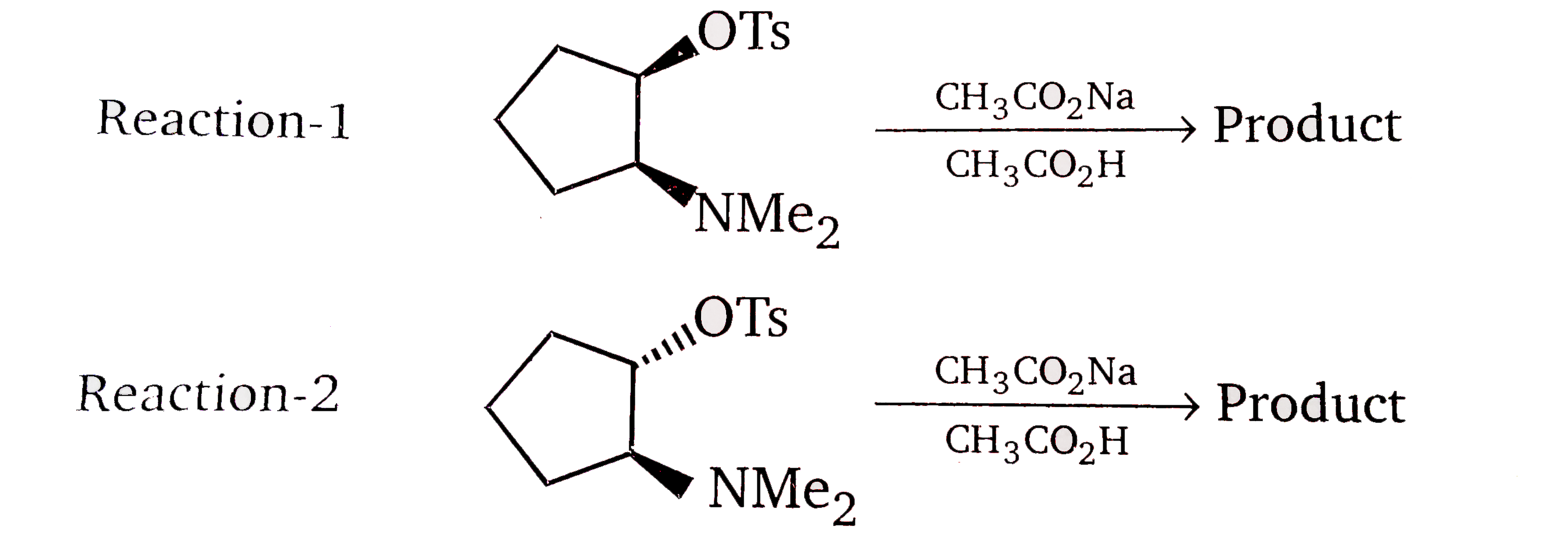
View Solution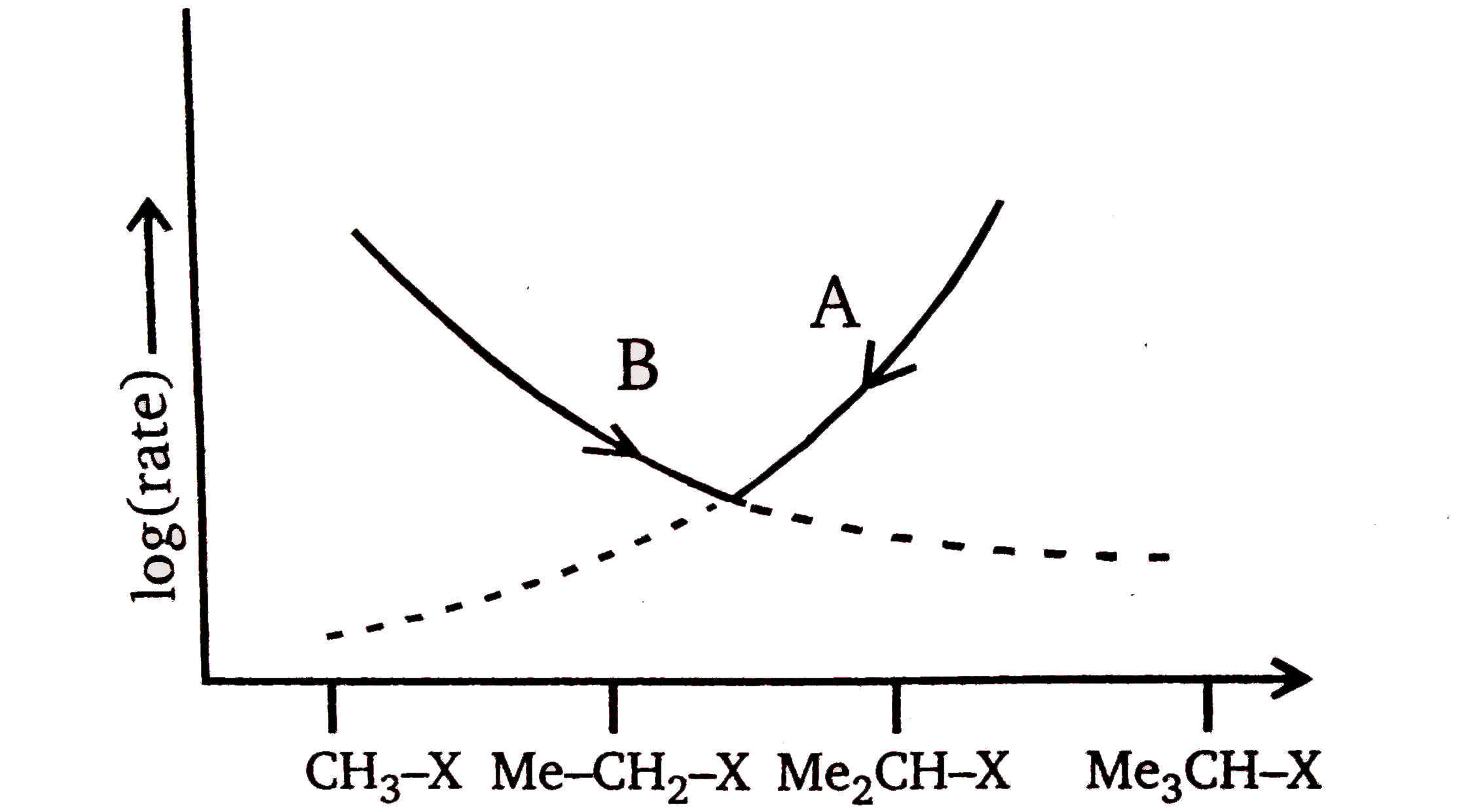
`which of the following is true about given graphs A and B ?
View SolutionIn each of the following groups , which is the strongest (best) nuclephile?
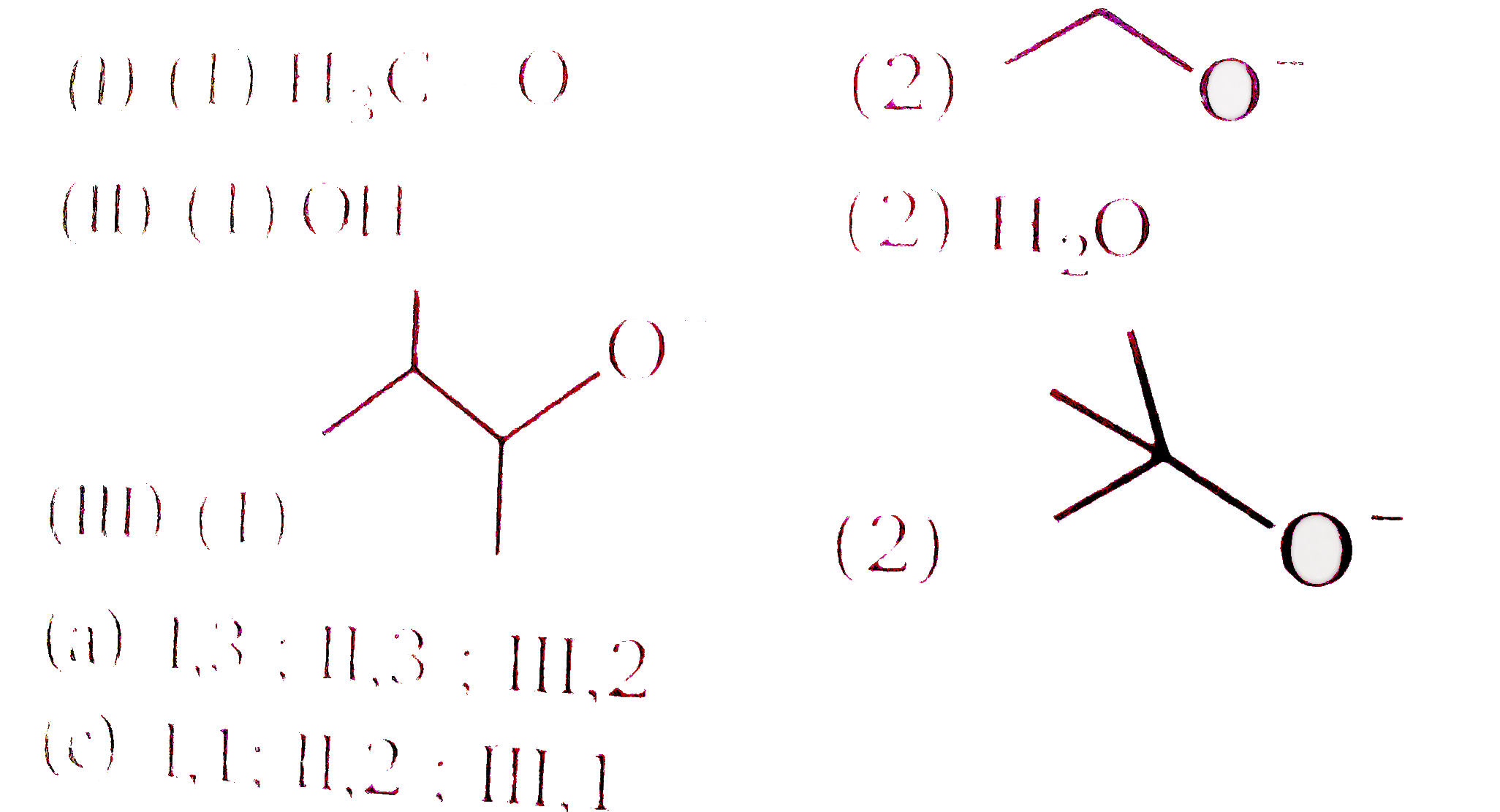
View SolutionFind the final product of the reaction

View SolutionWhich of the following reaction is an elimination reaction ?
View Solution
which of the following products can be obtained from above reaction ?
View SolutionWhat is the pricipal product of the following reaction ?
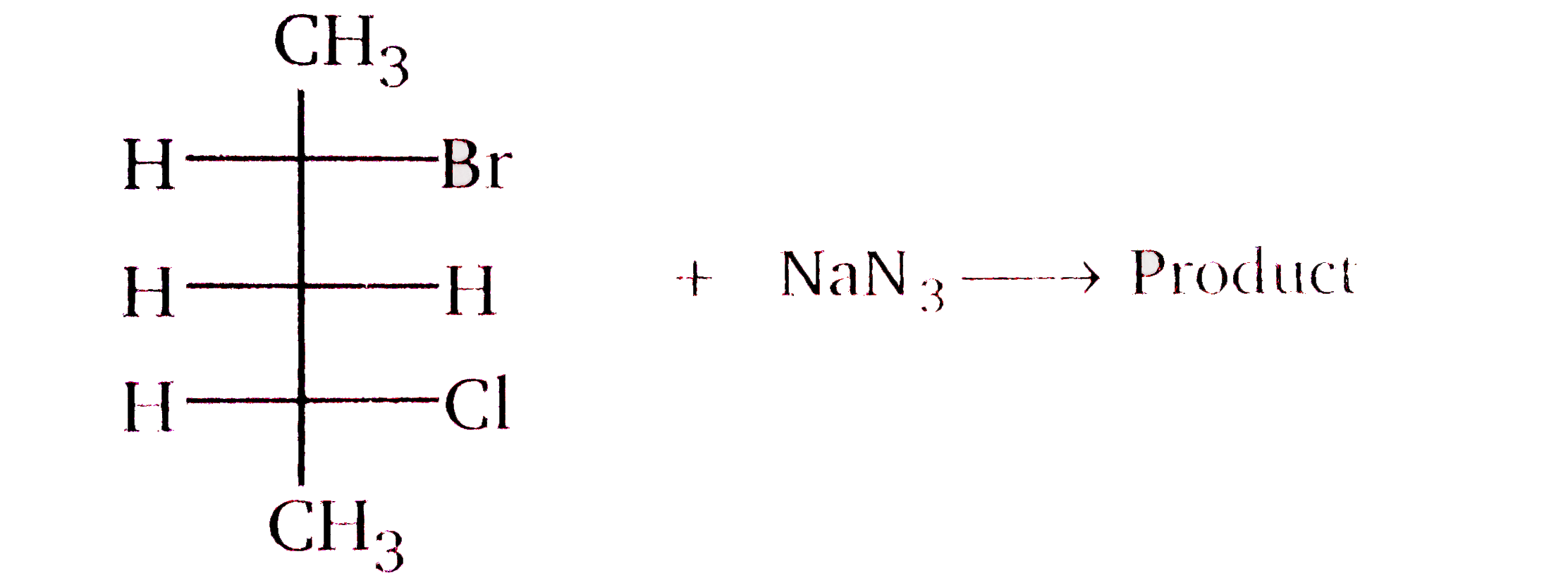
View Solutionwhat would be the effect of increaing solvent polarity on the rate of each of the following reactions? (Nu = eutral nucleophile)
`Nu+R-L to overset(o+)Nu-R+L^(-)`
(a) increses (b) decreases (c ) constant (d) can not be predicted
(B) `R-L^(o+)to R^(o+)+:L`
(a) increases (b) decreases (c ) cionstant (d) connot predict
View SolutionWhich of the following si most reactive toward `S_(N^(2))` reaction ?
View Solution4- chlorop -1- butanol `+NaOH to (B)`
`product (B) of the above reaction is :
View SolutionIn the given pairs of alkyl-halide ,in which pair the first compund is more reactive than second compound topward `S_(N^(2))` reaction ?
View SolutionIn the given pair of reacrtion in which pair the second raction is more reactive then first toward ` S_(N^(2))` reaction?
View SolutionAmong the following pair of reaction in which pair the second reaction is more reactive then first in `S_(N^(1))` reaction ?
View SolutionWhich Is a true statement concering the transition state of an `S_(N^(2))` reaction ?
View SolutionIncreasing the concentratin of a nucleophile in a typical `S_(N^(2))` reaction by a factor of 10will cause the reaction rate to:
View SolutionDecreasing the concentration of an electrophile in a typical `S_(N^(2))` reaction by a factor of 3 will cause the reaction ratio to:
View SolutionIncreasing the concentratuion of an electropille in a typical `S_(N^(2))` reaction by reaction by a factor of 3 and the concentration of the nuckleophile by a factor of 3 will change the reaction rate to:
View SolutionConsider the following reaction and select the best choice that represent the reaction .

View Solution , identify the product .
, identify the product .
View SolutionThe reacton ,

Proceeds by the ………. Mechanism.
View SolutionConsider the following anions.

When attached to `sp^(3)` -hybridized carbon , their leaving group ability in nucleophlic substittion reaction decreases in the order :
View Solution principal organic product of the reaction will be :
principal organic product of the reaction will be :
View SolutionReaction of R-2 butanol with p-toluensulphony l chlroide in pyridine followed by reaction
View SolutionThe compound which undergoes `S_(N^(1))` reaction most rapidly is :
View SolutionAddition of KI accelerates the hydrolysis of primary alkyl halides beacause :
View SolutionWhich of the following phreases are not correvlty associated with `S_(N^(1))` reaction ?
(I) Rearrangement is possible
(II) Rate si affected by polarity of solvent
(III) the strength of the nuclephile is important in determining rate
(IV) the reacityity series is tertiary gt secondary gt promany
(V) proceeds with complete inversion of configguation
View SolutionChoose the correct product for the following reaction :

View SolutionEnergy profile digaram for an exothermic reaction `Aoverset(1)toBoverset(2)toCoverset(3)toD,` is given below .

the rate determining step of the reaction is:
View Solution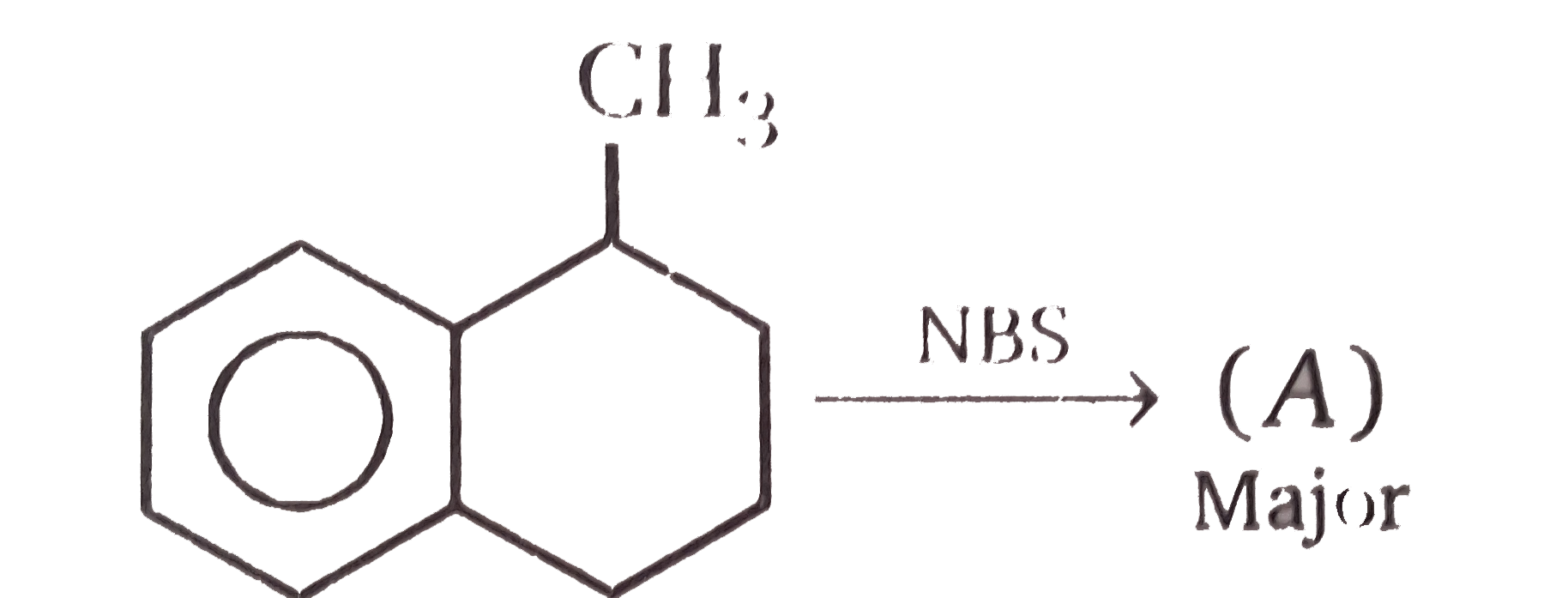
major product is (A) is:
View Solution
the product X is :
View SolutionRelative rate of raction of the following amine with methyl iodide is :

View Solution
major product which you expect in the above reaction is:
View Solution
Major product of the above reactions is:
View Solution
View SolutionThe decreasing order of reactivity of the compounds given below towards solvolysis under idemtical conditions is:

View Solution
View Solution(R ) -2- Octy tosylate is sololyzed in water under ideal `S_(N^(1))` conditions ,the product (s) will be :
View SolutionFrom each of the following pairs select the compound that will react faster with sodium iodide in acetone :
Pair-A:(A) chloropropane (2) 2-bromopropane
Pair-B:(3) 1- Bromobbutane (4) 2- bromobutane
View SolutionAmong the given halides , which one will give same product in both `S_(N^(2))`and `S_(N^(2))`reaction

View SolutionProduct (s) formed during this reaction is /are:
 `underset(ACOH)overset(AcONa)to` product ? [`C^(*)`= isotopic carbon]
`underset(ACOH)overset(AcONa)to` product ? [`C^(*)`= isotopic carbon]
View SolutionAnisole `underset("refolux")overset("excessHI(Conc)")to` product
View SolutionWhich of the following compounds would reat faster with NaCH in an `S_(N^(2))`reaction
View Solution`HC-=CNa+Cl-CH_(2)-CH_(2)-CH_(2)-Ito` (A) , major product (a) is:
View SolutionWhat is the major product obtained in the following reaction ?

View Solution
View Solution`Me_(2)C=CH-CH_(2)-CH_(2)-Clunderset(CaCO_(3))overset(H_(2)O)to` (X) , major product of the reaction is:
View Solution
product (a) and (B) respectively are:
View SolutionRelative rate of reaction with `H_(2)O`
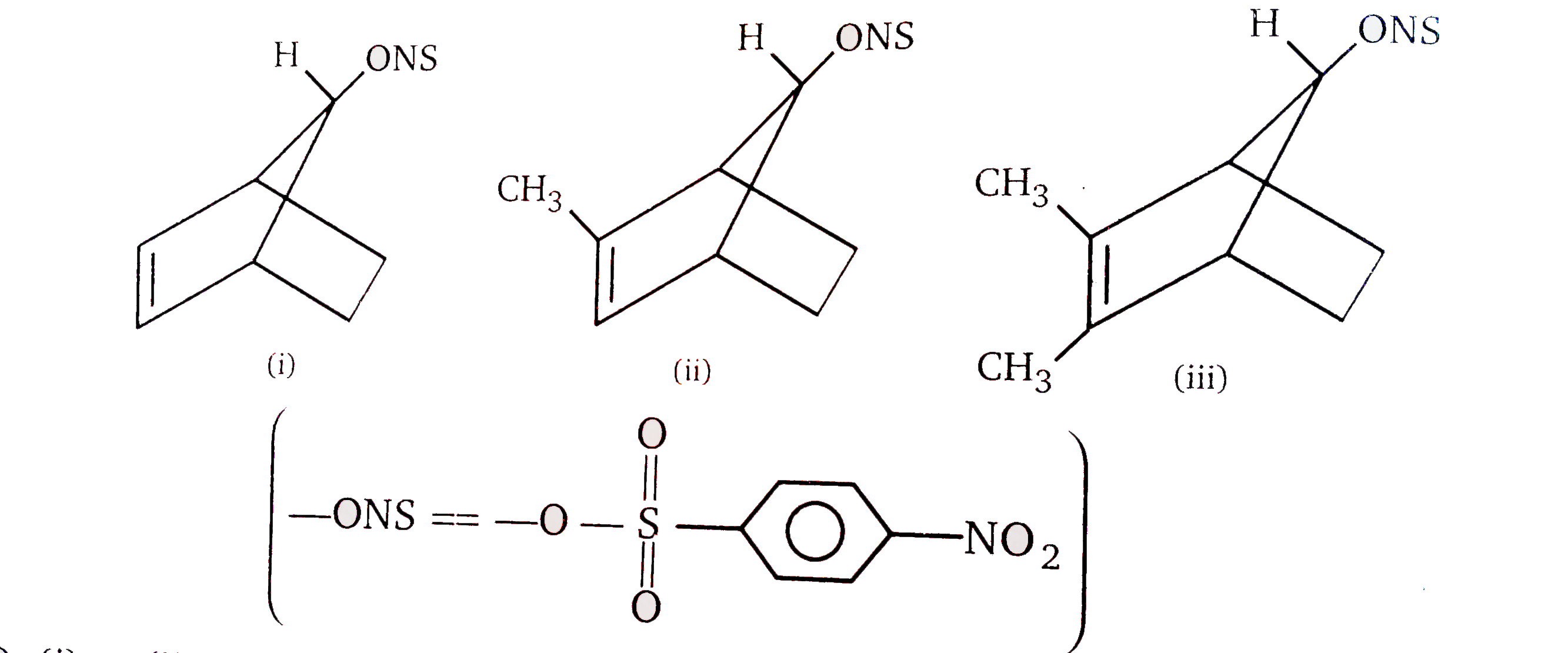
View Solution `underset(NH_(3)(l))overset(2eq.KNH_(2))tounderset("then "H_(3)O^(o+))overset(n-C_(4)H_(9)-Br)to(P),`
`underset(NH_(3)(l))overset(2eq.KNH_(2))tounderset("then "H_(3)O^(o+))overset(n-C_(4)H_(9)-Br)to(P),`
end product (P) of the above reaction is:
View SolutionWhich of the following statements is correct regarding the rate of hydrolyisi of the compounds (A) and (B) By `S_(N^(1))` reaction ?

View SolutionWhat are reactant X and product Y in the following sequence of reaction ?

View SolutionTransition state given `S_(N^(2))` is :

View Solution`C_(6)H_(13)Br+OH^(-)to C_(6)H_(13)OH+Br^(-)` is an example of :
View SolutionTransition state 2 is sturucturally most likey as :
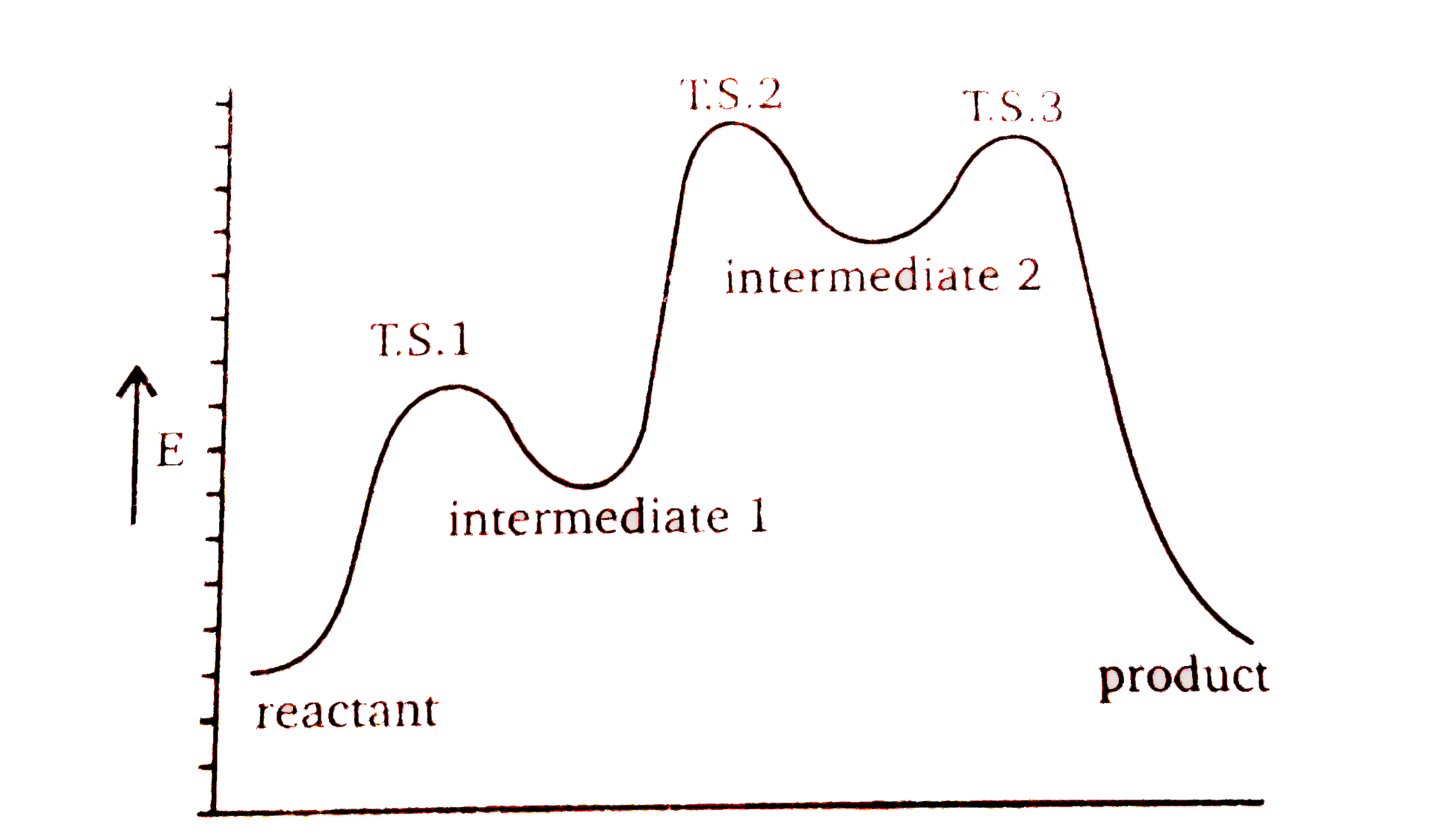
View Solution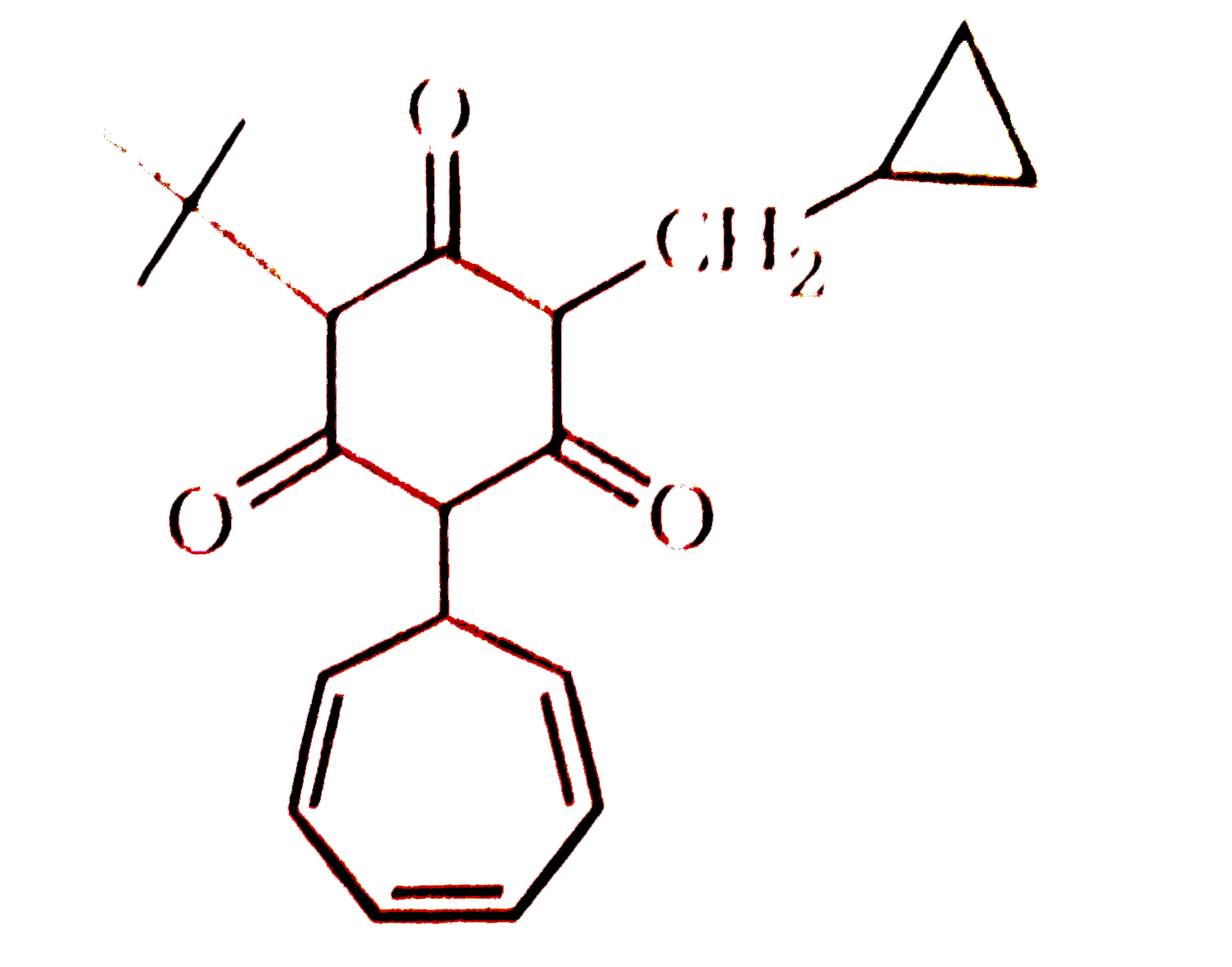
x= Number of aromatic compound obtaind when above compound undergo compate acidic hydroltsis.
View Solution`S_(N^(1))and S_(N^(2))` reactions are
View SolutionMost reactive compound toward `S_(N^(1))` is :
View Solution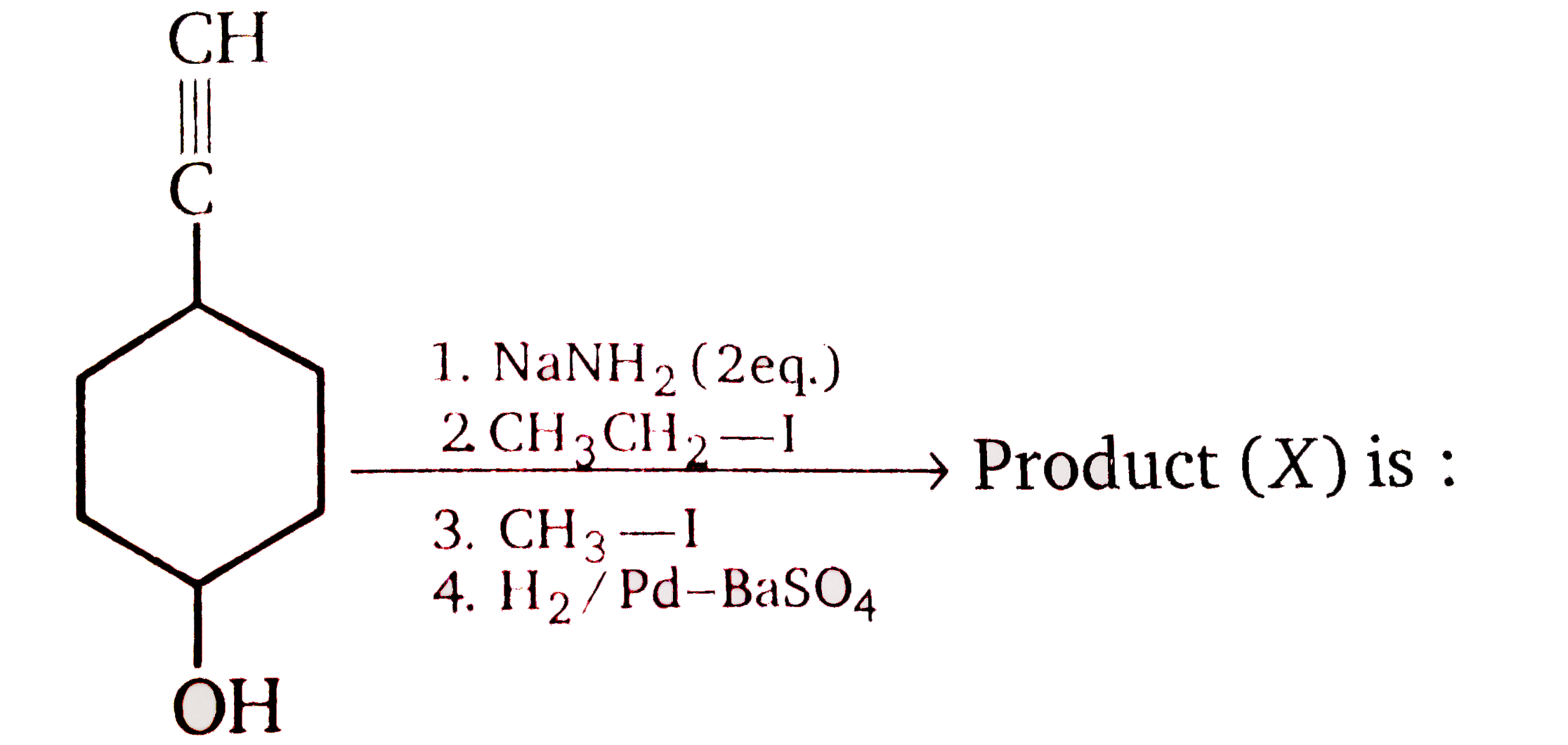
View Solutionfollowing reaction is an example of :

View SolutionThe major product of the following reaction :
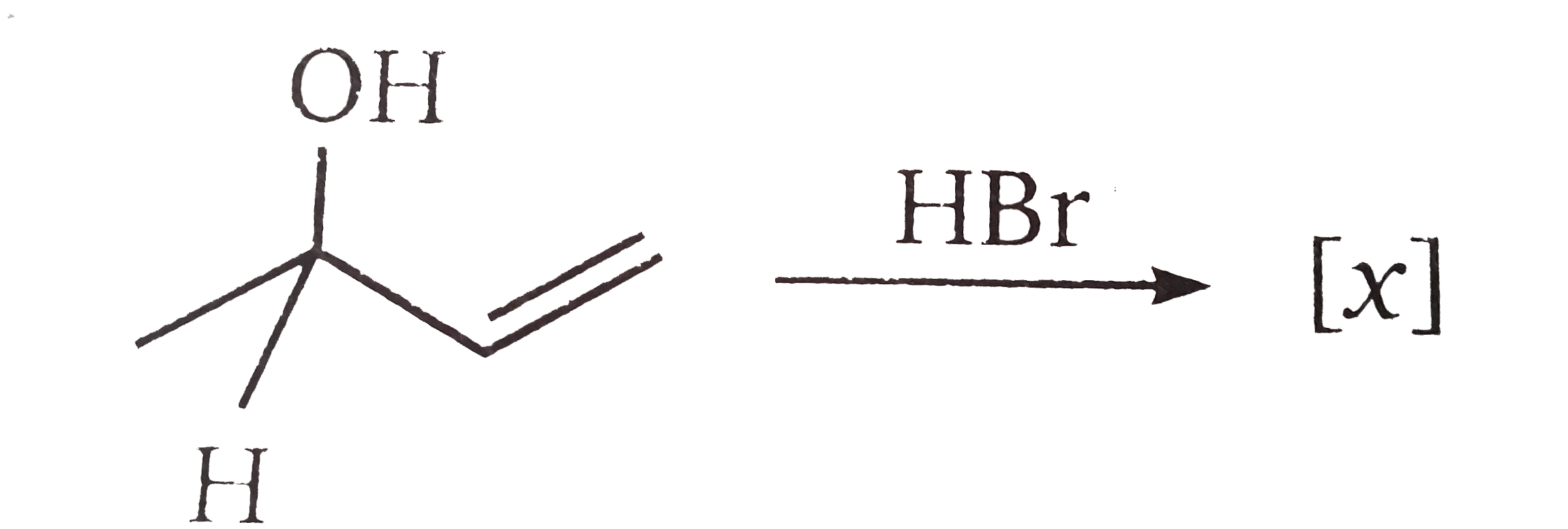
View SolutionChoose the suitable opition for the correct mechanism for the following reaction .

View Solution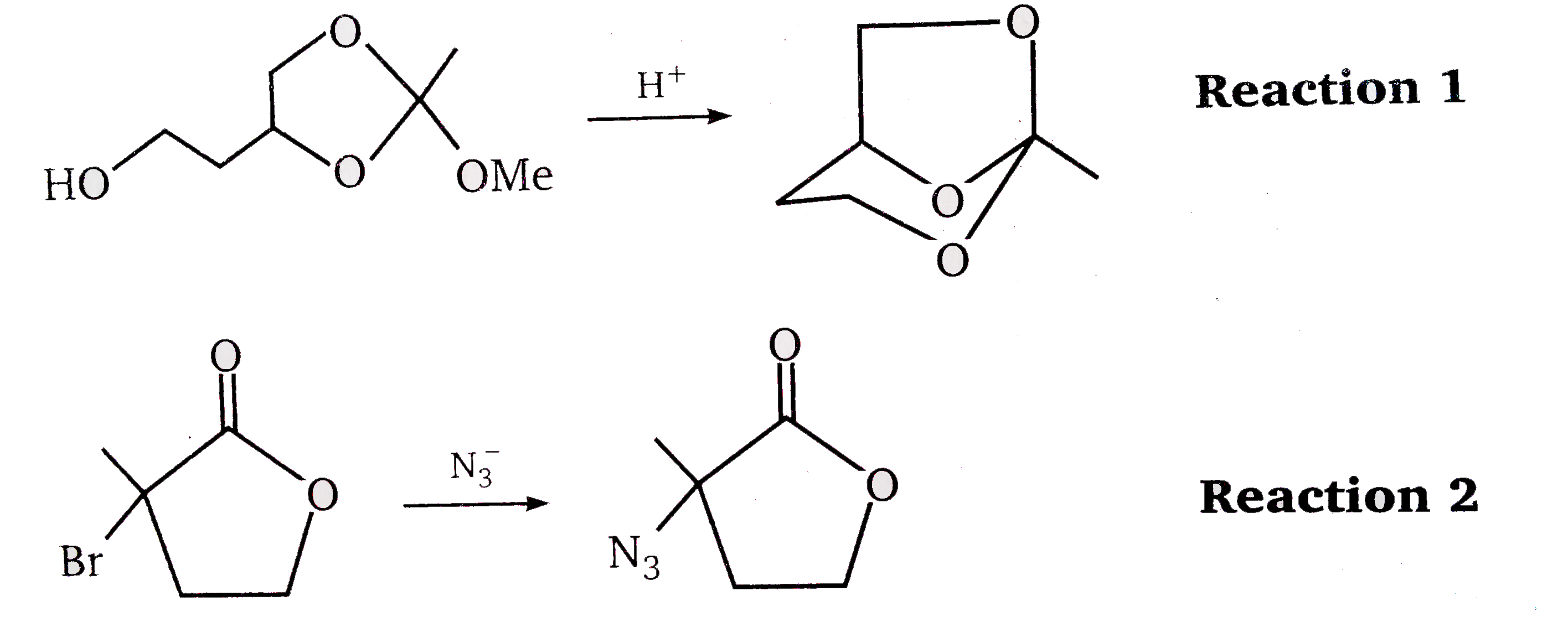
Types of mechanism followed by reaction 1 and reaction 2 respectivly.
View Solution
Product of above reaction will be :
View SolutionStatement =-1: Nucleophilicity order in polar -protic solvent is `I^(-)lt Br^(-)lt ^(-)lt F^(-)`
Statement -2: Due to bigger zise of `I^(-)` it is less sovlated in polar a-protic solvent.
View Solutionstatement -1 : `CH_(3)-CH_(2)-Cl+Nal overset("Acetone")toCH_(3)-CH_(2)-I +NaCldarr`
statement -2 Actone is polar Nal gt NaBr gt Na Cl the last being virtully insoluble in this dsolvent and a`1^(@) and 2^(@)` chlro alkane in actone is competely driven to the side of odoalkane by the precipition reaction reaction .
View SolutionEncircle whichever of the following :
View SolutionEncircle whichever of the following :
View SolutionEncircle whicheverof the following :
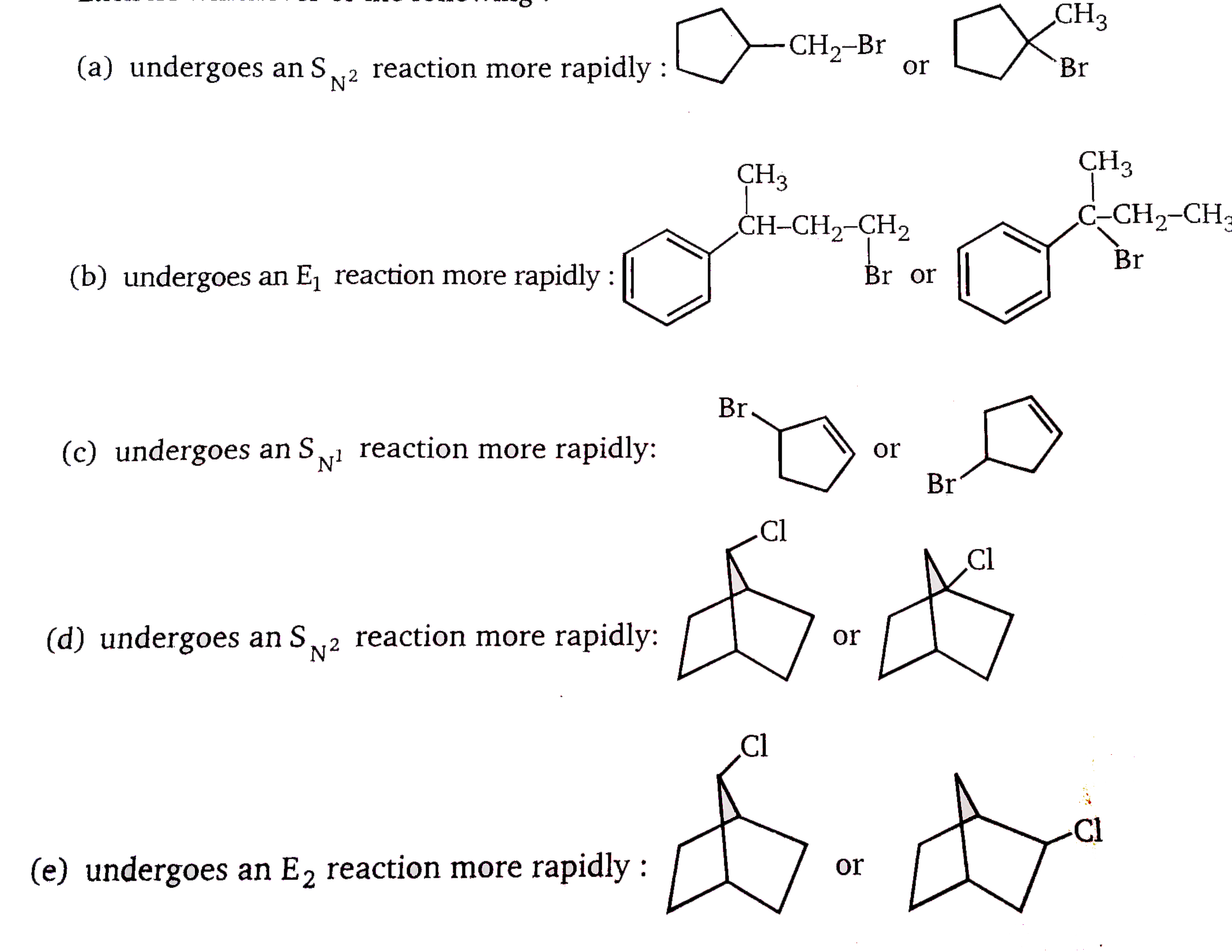
View SolutionMatch the colum:
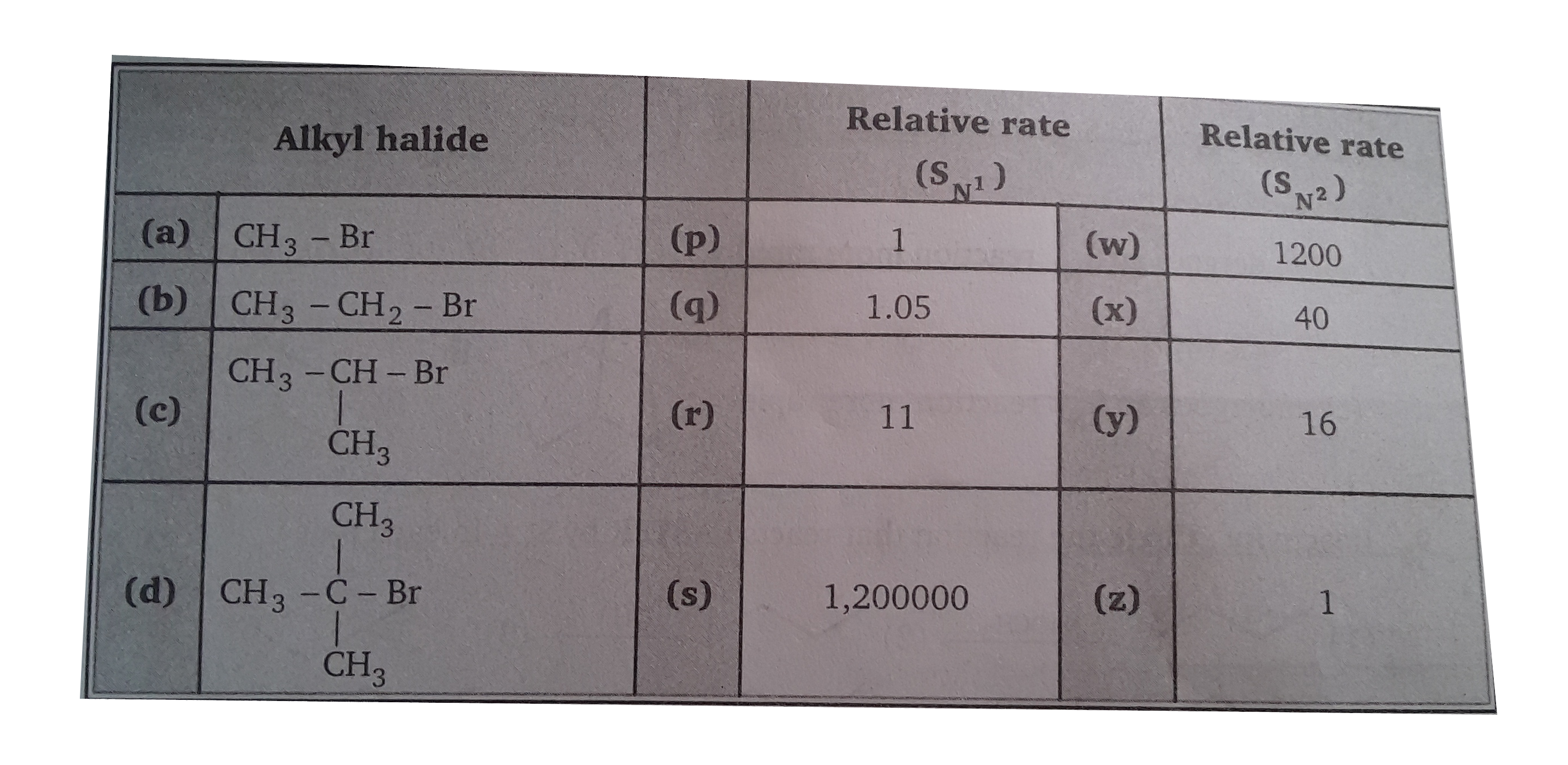
View SolutionMatrix:
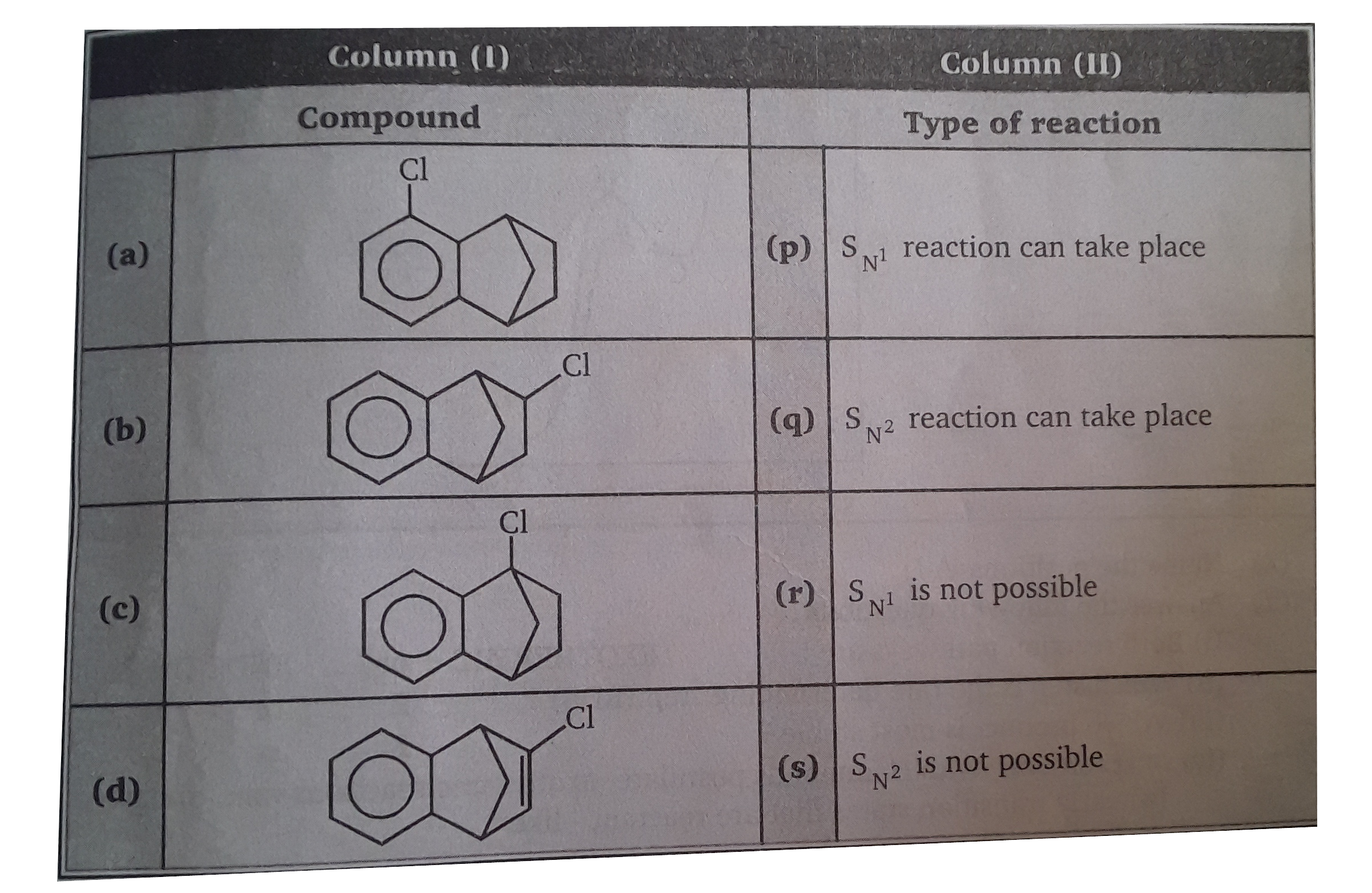
View SolutionEncircle whichever of the following :
View SolutionRecitivity : circle the reaction the reaction that eacts FASTER by `S_(N^2))` in each pair:

View SolutionConsider the potential energy diaram given below
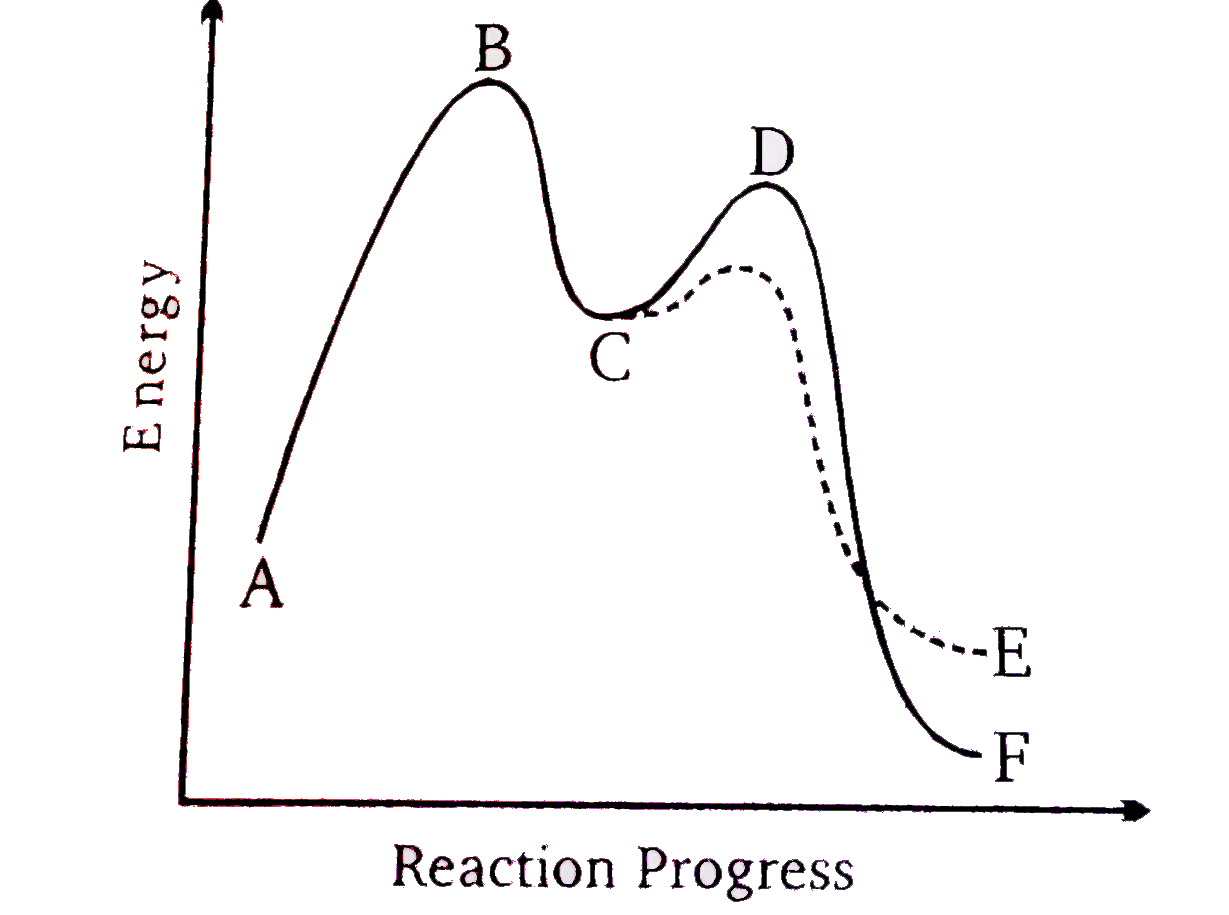
(X) Name the positions A-D
(Y) Answer the following questions .
(I) Both reaction pathways are.
(II) which step is the rate determine step?
`(III) which product is most stable ?
(iv) In accordance with Hammonds potulate , exothermixc reaction tend to have
View Solution
Exercise questions and complete solutions for chapter ALKYL HALIDES of MS CHOUHAN CHEMISTRY (HINGLISH) of Class 11